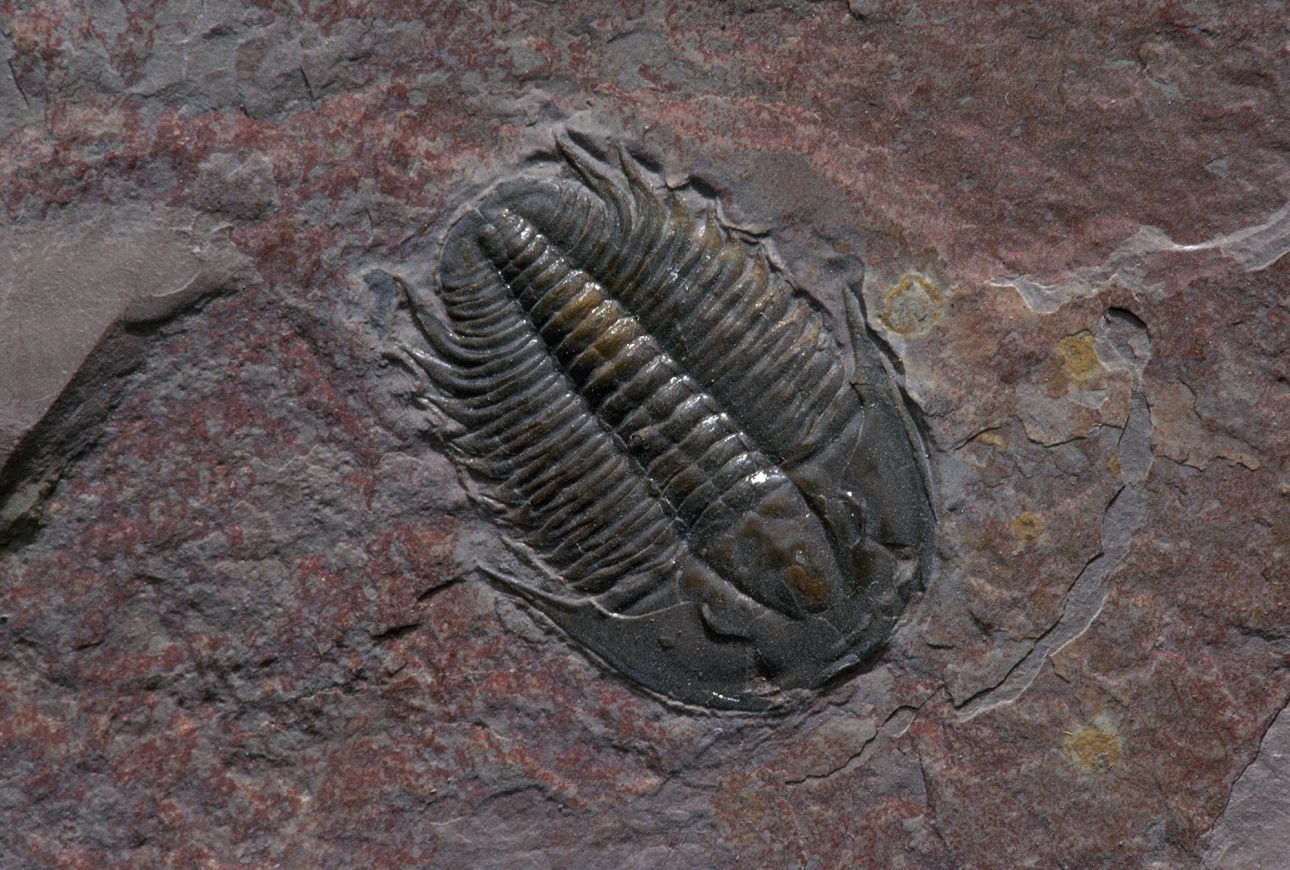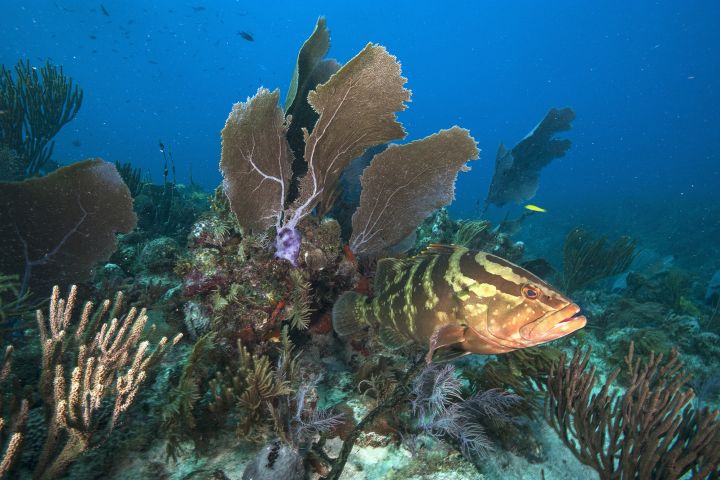IDEA SET
IDEA SET
Evolution: Changing Species Over Time
Evolution: Changing Species Over Time
Evolution is the process by which species adapt over time in response to their changing environment. Use these ideas to teach about the water cycle in your classroom.
Grades
6 - 8
Subjects
Biology, Ecology, Genetics

Photograph by James L. Amos
Evolution is an important field of study for scientists. It covers the study of changes organisms have undergone over time in response to different factors in their environment. All organisms, including humans, evolve over time. Evolution occurs through natural selection, and is a force that has shaped every organism living today.

Darwin’s Finches
Have the students read about and research the finches Darwin studied on the Galapagos Islands. Darwin noticed that different finches had differently shaped beaks. He also noticed that the various beak shapes were each best suited for handling certain types of food. Darwin knew that the finches had come from continental South America originally, but those that he saw on the islands were unlike the ones on the mainland. Darwin wondered what caused these finches to change when they made it to the Galapagos Islands. Have students test the ability of different beaks to get different types of food. Provide students with spoons, forks, metal binders clip, and tweezers to represent different types of beaks and food bowl with foam packing peanuts, small bird seed, large bird seed (sunflower seeds), and toothpicks. Have student try the different tools and identify which tool works best with which foods.

National Geographic Explorer Jingchun Li: Evolution of “Living Solar Panels”
The first thing you notice when visiting a healthy marine coral reef is the number of different fishes and the many bright colors of both the fishes and the corals. Marine biodiversity refers to the richness of different species living together in a community. Have the students read about National Geographic Explorer Jingchun Li and her research on marine biodiversity and biologically productive coral reef ecosystems. Li is studying how coral reefs and other organisms are undergoing macroevolution to cope with the stresses created by human disturbances to their ecosystem.
Divide students into groups. Ask the students what stresses are taking place in the marine environment that coral reefs and other marine organisms need to adapt to. Have them divide into small groups and research these changes and design solutions to address these disturbances.

Human Evolution
Scientists who study early humans depend on fossil evidence to help them sort out how our ancestors evolved over time. When looking at the fossils, scientists look for clues to changes in different characteristics such as brain size, skull shape, locomotion, and jaw size. Have the students learn about human evolution, then have them work through the Mystery Skull Interactive to use clues to identify fossils.

Evolution in Isolation
Have the students watch the video about the birds living on the island of Papua in Indonesia. This isolated island is a paradise with a lush and resource-rich habitat. Male birds of many different species have evolved elaborate ways of attracting mates. Ask the students, why is it important for a species to have the strongest males mate with the females and how does this affect the species?

National Geographic Explorer Jeremy Emiland Martin: Evolution of Crocodiles
Have the students read about Jeremy Emiland Martin’s work on the evolution of crocodiles and then have them research how modern crocodiles have been evolving since the time of the dinosaurs. Because crocodiles are found in so many different areas of the world, it is important to go back to where they first emerged to learn about their evolutionary beginnings. Ask the students, how have crocodiles evolved since the Cretaceous Period? What might have caused crocodiles to evolve? Why were these traits favorable in this particular environment?
Media Credits
The audio, illustrations, photos, and videos are credited beneath the media asset, except for promotional images, which generally link to another page that contains the media credit. The Rights Holder for media is the person or group credited.
Director
Author
Production Managers
Program Specialists
other
Last Updated
July 30, 2024
For information on user permissions, please read our Terms of Service. If you have questions about how to cite anything on our website in your project or classroom presentation, please contact your teacher. They will best know the preferred format. When you reach out to them, you will need the page title, URL, and the date you accessed the resource.
Media
If a media asset is downloadable, a download button appears in the corner of the media viewer. If no button appears, you cannot download or save the media.
Text
Text on this page is printable and can be used according to our Terms of Service.
Interactives
Any interactives on this page can only be played while you are visiting our website. You cannot download interactives.